The Pontus tectonic plate, which is a quarter of the size of the Pacific Ocean, was discovered by accident while scientists were studying ancient rocks in Borneo.
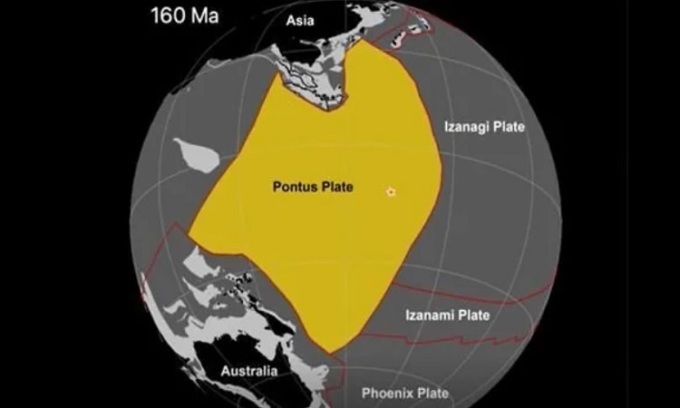
Location of the Pontus tectonic plate. Photo: Suzanna van de Lagemaat
A long-lost tectonic plate that once lay beneath the South China Sea has been rediscovered 20 million years after it disappeared. Pontus is known only from a few rocks on the mountains of Borneo, and remnants of the giant plate have been found deep in the Earth's mantle. It was once a quarter the size of the Pacific Ocean . Scientists named it Pontus because at the time it existed, it lay beneath the ocean of the same name, Space reported on October 16.
Suzanna van de Lagemaat, a PhD student at Utrecht University in the Netherlands, and her colleagues initially studied the Pacific Plate, which lies beneath the ocean. Tectonic plates are constantly moving relative to each other, and the crust of the undersea plate is denser than that of the continental plate, so it is pushed beneath the continental plate in a process called subduction and disappears. However, rocks from the lost plate sometimes get mixed in with mountain-building movements. These can reveal the location and formation of ancient plates.
The team was trying to find one of the ancient lost tectonic plates, called the Phoenix Plate, during fieldwork in Borneo. Scientists can look at the magnetic properties of rocks to figure out when and where they formed. The magnetic field that surrounds the Earth is recorded in rocks and varies with latitude. But the team found something strange when analyzing rocks collected in Borneo: the latitude did not match the data they had collected from other known tectonic plates.
To solve the mystery, Lagemaat used computer models to study the region’s geology over the past 160 million years. The tectonic plate reconstruction revealed that the ocean that separates Borneo from the South China Sea is not the ancient Izanagi plate, but a new, previously unknown plate. Lagemaat and his colleagues called it the Pontus plate.
The reconstruction, published in the journal Gondwana Research, shows that the Pontus plate formed at least 160 million years ago but could be much older. It was once huge but gradually shrank, eventually being pushed under the Australian plate and disappearing 20 million years ago. Its remains are a giant crustal plate in the Earth’s middle layer.
An Khang (According to Space )
Source link


![[Photo] Close-up of Tang Long Bridge, Thu Duc City after repairing rutting](https://vphoto.vietnam.vn/thumb/1200x675/vietnam/resource/IMAGE/2025/5/19/086736d9d11f43198f5bd8d78df9bd41)
![[Photo] Panorama of the Opening Ceremony of the 43rd Nhan Dan Newspaper National Table Tennis Championship](https://vphoto.vietnam.vn/thumb/1200x675/vietnam/resource/IMAGE/2025/5/19/5e22950340b941309280448198bcf1d9)
![[Photo] President Luong Cuong presents the 40-year Party membership badge to Chief of the Office of the President Le Khanh Hai](https://vphoto.vietnam.vn/thumb/1200x675/vietnam/resource/IMAGE/2025/5/19/a22bc55dd7bf4a2ab7e3958d32282c15)

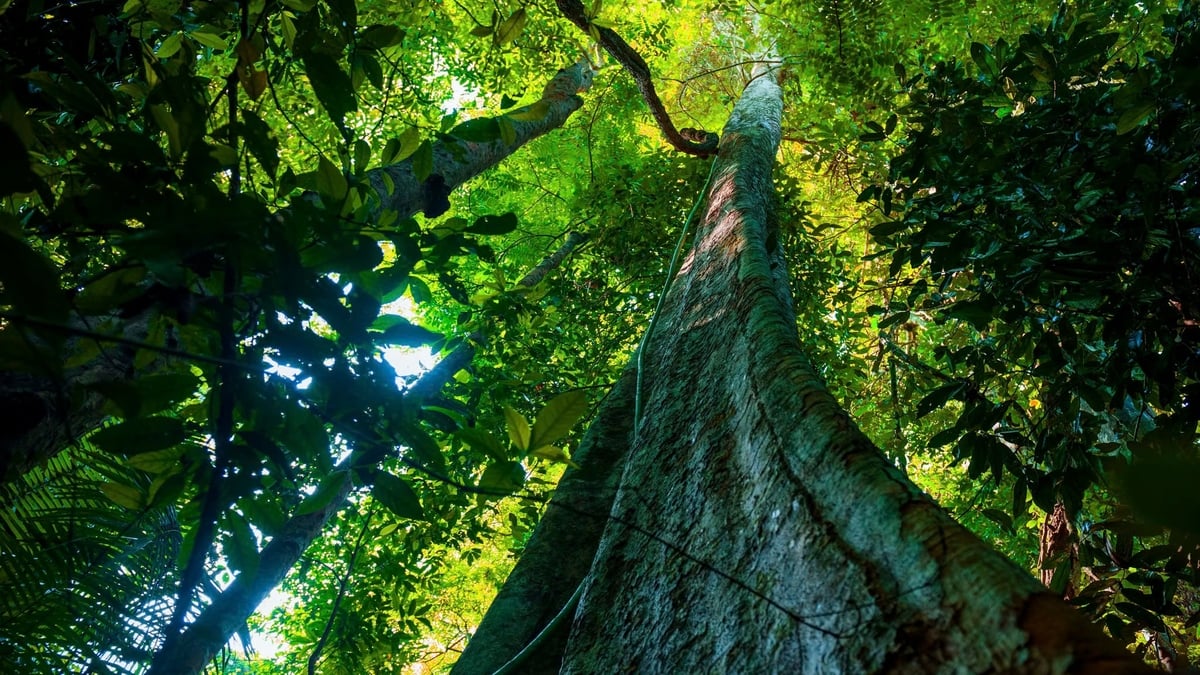
![[Photo] General Secretary To Lam attends the conference to review 10 years of implementing Directive No. 05 of the Politburo and evaluate the results of implementing Regulation No. 09 of the Central Public Security Party Committee.](https://vphoto.vietnam.vn/thumb/1200x675/vietnam/resource/IMAGE/2025/5/19/2f44458c655a4403acd7929dbbfa5039)








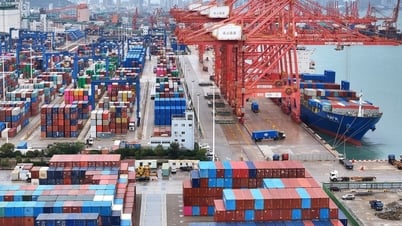



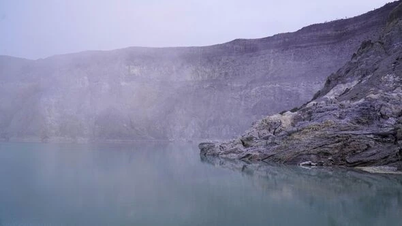













![[Photo] Prime Minister Pham Minh Chinh inspects the progress of the National Exhibition and Fair Center project](https://vphoto.vietnam.vn/thumb/1200x675/vietnam/resource/IMAGE/2025/5/19/35189ac8807140d897ad2b7d2583fbae)

















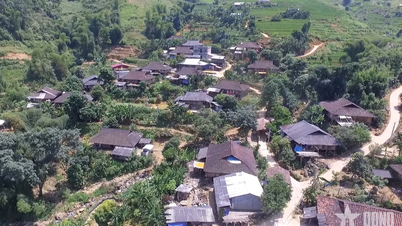










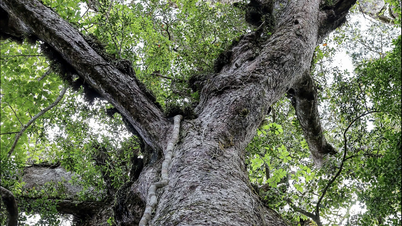
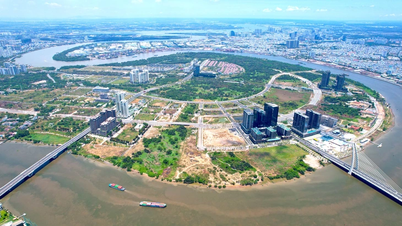














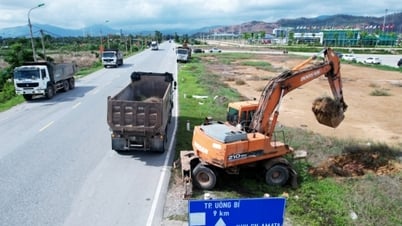














![[VIDEO] - Enhancing the value of Quang Nam OCOP products through trade connections](https://vphoto.vietnam.vn/thumb/402x226/vietnam/resource/IMAGE/2025/5/17/5be5b5fff1f14914986fad159097a677)



Comment (0)